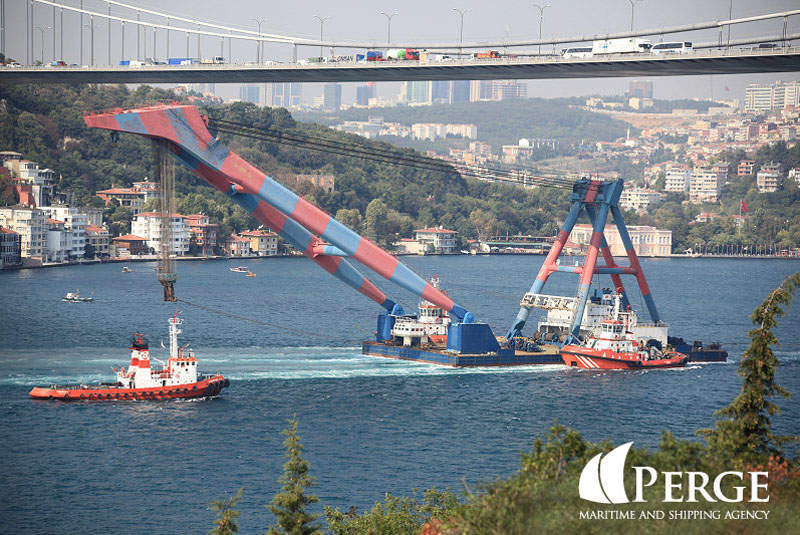Through innovative technology and partnering with fibre-optics specialists, Shell is advancing its real-time monitoring solutions. Ross Davies speaks with general manager, in-wells software Monica Laurens and team leader of in-wells technology Juun van der Horst of Shell, about the benefits of having data in real time, all the time.

There’s no time like the present. This old adage doesn’t ring any more true than in the oil industry, where real-time monitoring during all phases of the drilling and production process are critical to oil companies getting the most out of their wells. Analysis of well data, as it is collected, is allowing the industry to automate much of the process, while also eliminating any potential costly mistakes, streamlining the entire process.
At Shell, a number of different monitoring techniques are used during drilling, completion and production to ensure that the entire life cycle benefits from up-to-the-minute information. For example, fibre-optics are now allowing enhanced oil recovery and improved efficiency at wells, through the use of distributed acoustic sensing, which allows for continuous production flow logging. Installed in the casing or tubing, fibre-optics can provide measurements from the surface and downhole. Monica Laurens, general manager, wells software, and Juun van der Horst, team leader, in-wells technology, both of Shell, discuss how real-time data affects all aspects of production.
Ross Davies: What are the main monitoring technologies Shell has deployed in its wells during drilling and production phases?
Monica Laurens: During drilling, Shell monitors drilling operations and logging activities in real time. Monitoring is done from several different centres that are located in hubs, like Houston, Kuala Lumpur or Aberdeen. While initially, Shell relied on existing services for drilling operations monitoring, it has developed its own real-time monitoring technology and it is currently deploying it. Our solution allows for flexibility regarding analytics on performance, integration with remote operations and, ultimately, drilling automation.
Juun van der Horst: During the production (development) phase, reservoir and wellbore information is collected downhole and at surface. Downhole data can be gathered using, for example, (conventional) wireline logging surveys and permanently installed sensors such as conventional pressure/temperature gauges, but also with recently designed electrical and fibre-optic based sensors. At surface, the production (or injection) fluids are monitored and analysed for composition, rate and surface reservoir information, which can also be obtained from seismic surveys.
What are the main factors that need to be considered when selecting techniques used to collect actionable data?
ML: Among the obvious factors are data continuity, quality and availability in the office. The more complex factors would be related to synchronisation of different data streams, integration of the technology in an existing technology landscape and flexibility to scale up in order to include additional data streams such that (predictive) analytics can be performed. Shell is tailoring technology so that it meets its business needs. Therefore, the factors listed above are determined by the aimed application of the technology. However, what we regularly value is the long-term sustainability and the flexibility to evolve the technology as we see fit.
JvdH: Safety aspects of the operations, data requirements such as the type and frequency of data for optimising reservoir development and ultimate recovery, costs, operational limitations such as remoteness, onshore or offshore, and the availability of services and technology in the region.
Given the huge volumes collected, how does Shell differentiate and pick out the most important changes in data?
JvdH: For fibre-optic-based surveillance, during the development phase of a project, problems related to large data sets (big data) are avoided as much as possible by extracting the relevant information almost immediately (in real time) after collecting the data, which reduces the data size significantly and makes it more manageable to store. In other cases, the duration of the data collection surveys are limited to keep the amount of data to a more manageable proportion.
How has Shell benefitted from its partnership with OptaSense?
JvdH: Very much, because both companies bring in their own complementary expertise: Shell as an experienced oil and gas operator with clear well and reservoir surveillance requirements, and OptaSense as a leading fibre-optic technology development company.
How can fibre monitoring improve the production process and cost of recovery? Is there still room for better harmonisation of data management applications and architecture?
JvdH: By improving well and reservoir surveillance from more-frequent and better-quality data, which allows improved reservoir development. Also, fibre-optic-based technology potentially allows for reduced production deferment and safer/less risky operations related to well and reservoir surveillance. Improvement areas have been identified and are being addressed in our technology development and implementation programmes.
Distributed acoustic sensing
Using the backscattered light from an optical fibre, deployed in a cable permanently installed behind the casing or semipermanently installed on the production string, the OptaSense distributed acoustic sensing (DAS) system is able to measure the acoustic signals generated by the flow of oil or gas. With the ability to spatially resolve the acoustic signals to within a metre along the entire length of the fibre, DAS provides a contiguous string of virtual ‘microphones’ along the wellbore. Processing this stream of acoustic data, OptaSense is able to show, in real time, the dynamic flow effects occurring in the well, and provide measurements of the flow rates at each position along the well.
Since the fibre is permanently installed, these measurements can be made on demand or continuously without the need for well intervention or running of tools. Dr David Hill, chief technology officer at OptaSense, commented: "DAS is rapidly proving to be a uniquely capable tool for in-well surveillance and continuous flow monitoring. The ability to ‘see’ in real time the flow effects along the entire wellbore is enabling production engineers the ability to control the flow dynamics and thereby optimise production."
